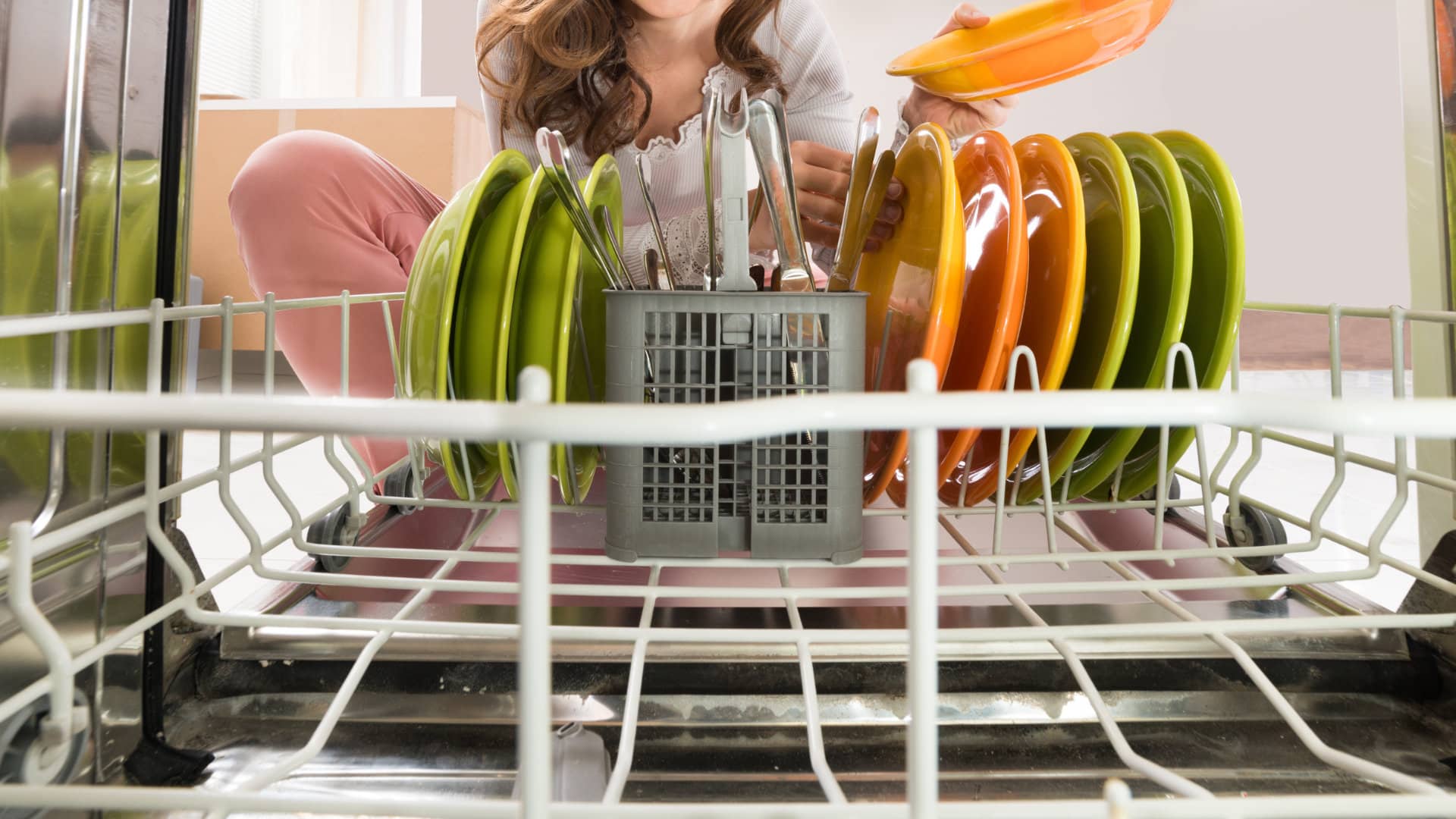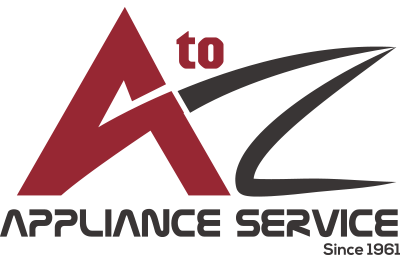
Dealing with a clogged dishwasher can be frustrating and disrupt your daily routine, but fear not! This guide will walk you through how to solve the problem like a pro.
At the end of the guide, we have also included some tips to help you avoid your dishwasher clogging up in the future. But first, let’s get your dishwasher unclogged and working again!
Step 1 – Switch the Power Off
Safety first! Before going any further, switch the power off to your dishwasher and the garbage disposal. Turn the circuit breaker off if you cannot reach the power sockets.
Step 2 – Empty Your Dishwasher
Once the power is switched off, the next step is to empty your dishwasher. Start by removing any dishes, and then remove the lower rack to access the filter and other components found at the bottom of your dishwasher.
Step 3 – Manually Drain Your Dishwasher
Now that your dishwasher is empty of dishes and the lower rack is out, remove any water that may have backed up in the bottom of the appliance. You can use a towel or a sponge for this purpose. If there is a significant amount of water in the appliance, use a cup or small container to scoop out water and then mop up the remaining water with a towel.
Step 4 – Remove the Filter
The drain filter can be found at the bottom of the dishwasher. Sometimes it can become clogged with food particles and debris which will prevent your appliance from being able to drain. You can find the filter at the bottom of your dishwasher. Once located, carefully remove it and then give it a thorough clean under running water. Once clean, set it aside.
Step 5 – Check the Drain Hose
The next step is to check the drain hose. The drain hose connects the dishwasher to your garbage disposal. The hose can be found either under the sink or behind the dishwasher itself. If it’s located behind the dishwasher, gently pull the dishwasher away from the wall to access the hose.
Once you’ve located the hose, disconnect it from the machine. Pliers might be required to loosen or remove the clamp. Placing a shallow pan or dish below the hose will catch any water that might spill during this process.
After removing the hose, proceed to remove any clogs present. You can use commercial de-cloggers or straighten a wire coat hanger to serve as a clog-clearing tool if you prefer a DIY approach. If no debris obstructs the hose, check the dishwasher drain for any potential clogs.
Step 6 – Clean the Drain, Air Gap, and Garbage Disposal
In some dishwashers, there is a basket at the bottom of the drain to collect any debris that gets through the filter. If your dishwasher has one of these, remove any debris in it.
Some setups also have an air gap installed on the sink or countertop to assist drainage. If you have an air gap in your dishwasher setup, remove the cap and give the inside a thorough clean before placing the cap back on.
If your dishwasher drains out through the garbage disposal unit, check if the disposal is blocked up, and if so, give it a thorough clean. Ensure the power is switched off before checking the garbage disposal unit for blockages.
Step 7 – Finish Up
The final step is to reattach all components to the dishwasher and run it through a cleaning cycle. Ensure the filter, drain hose, and all other components have been securely attached before running the cleaning cycle and that the dishwasher is empty. Once the cleaning cycle ends, check that there are no leaks and that the dishwasher has drained correctly. If the dishwasher still doesn’t drain correctly, call a technician to come and inspect your appliance.
How to Prevent Your Dishwasher from Clogging Up
If you want to prevent your dishwasher from clogging up, follow these tips:
- Rinse your dishes. To prevent clogs, wash your dishes before loading them into the dishwasher. This preliminary step helps remove large pieces of food, enabling the dishwashing detergent to work more efficiently by targeting the remaining food particles on the dishes.
- Clean the filter out. To prevent debris from clogging up your dishwasher, take the filter out and empty it regularly. Ensure the filter is correctly secured when you put it back into the dishwasher to ensure debris doesn’t get past it.
- Run a regular wash cycle. It’s a good idea to periodically run a hot water or specialty cleaning cycle to eliminate any lingering residue and prevent the occurrence of future clogs. The high temperature of the hot water effectively dislodges and washes away any accumulated grime, leaving your dishwasher cleaner and less prone to clogs.
- Use the correct detergent. This will help to prevent leftover detergent residue from building up in the dishwasher, which can cause blockages, especially if it ends up in the filter or drain.
- Check the drain hose and air gap. It’s a good idea to check the drain hose and air gap (if you have one) for any blockages regularly. This will ensure your dishwasher doesn’t become clogged up and will also prevent leaks.
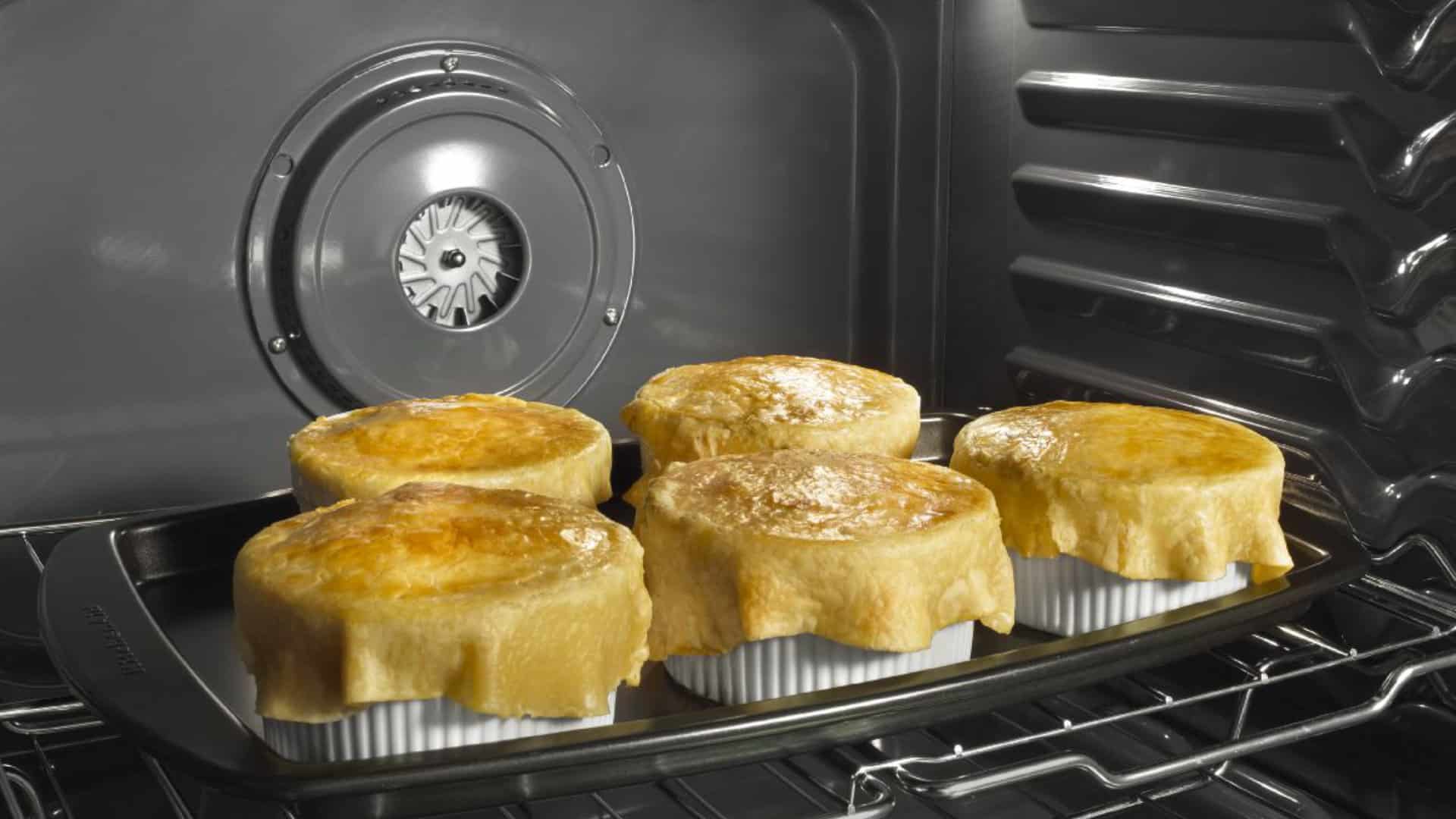
How to Fix Whirlpool Stove F9 Code
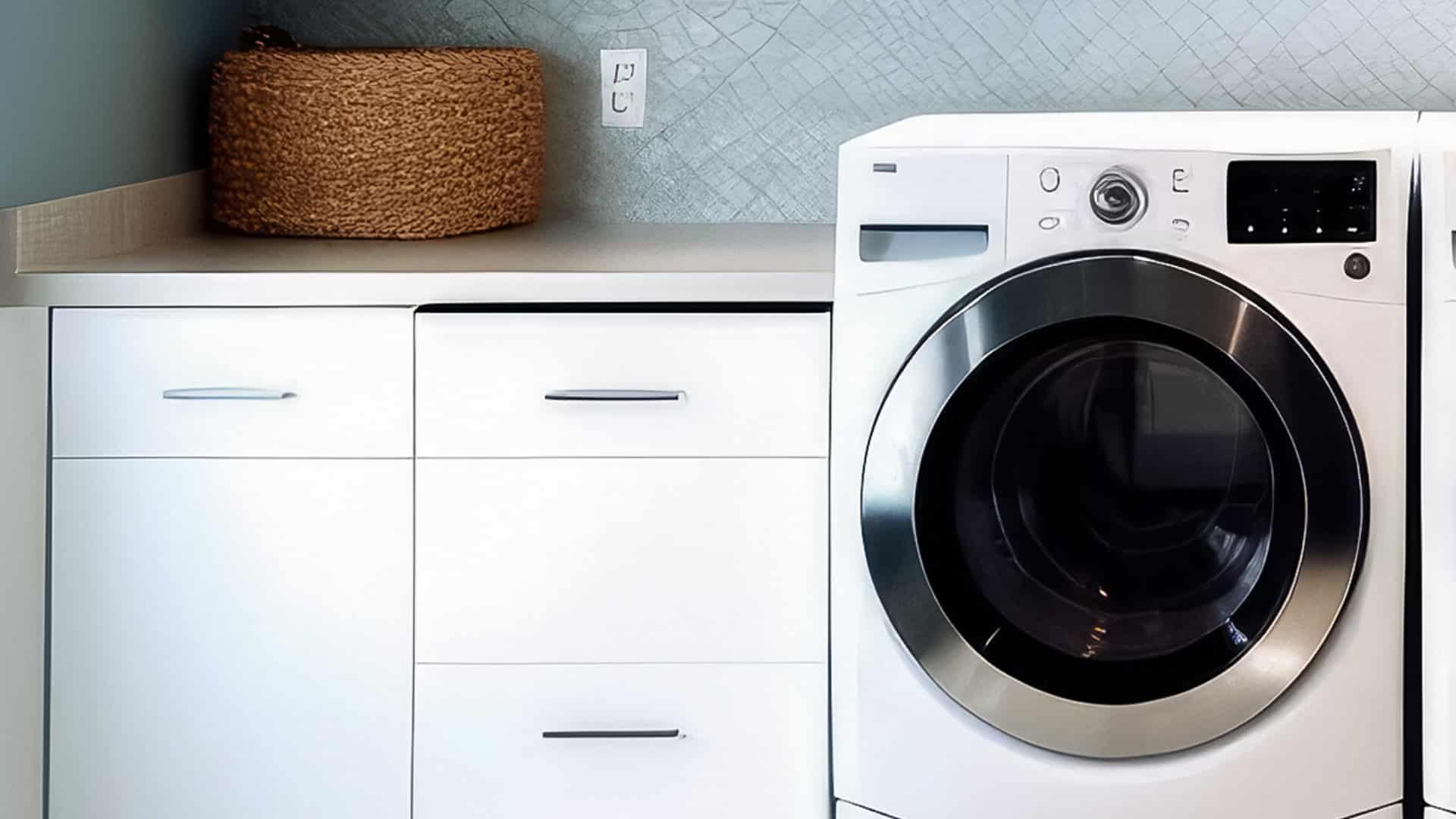
Fix Whirlpool Duet’s F20 Error Code
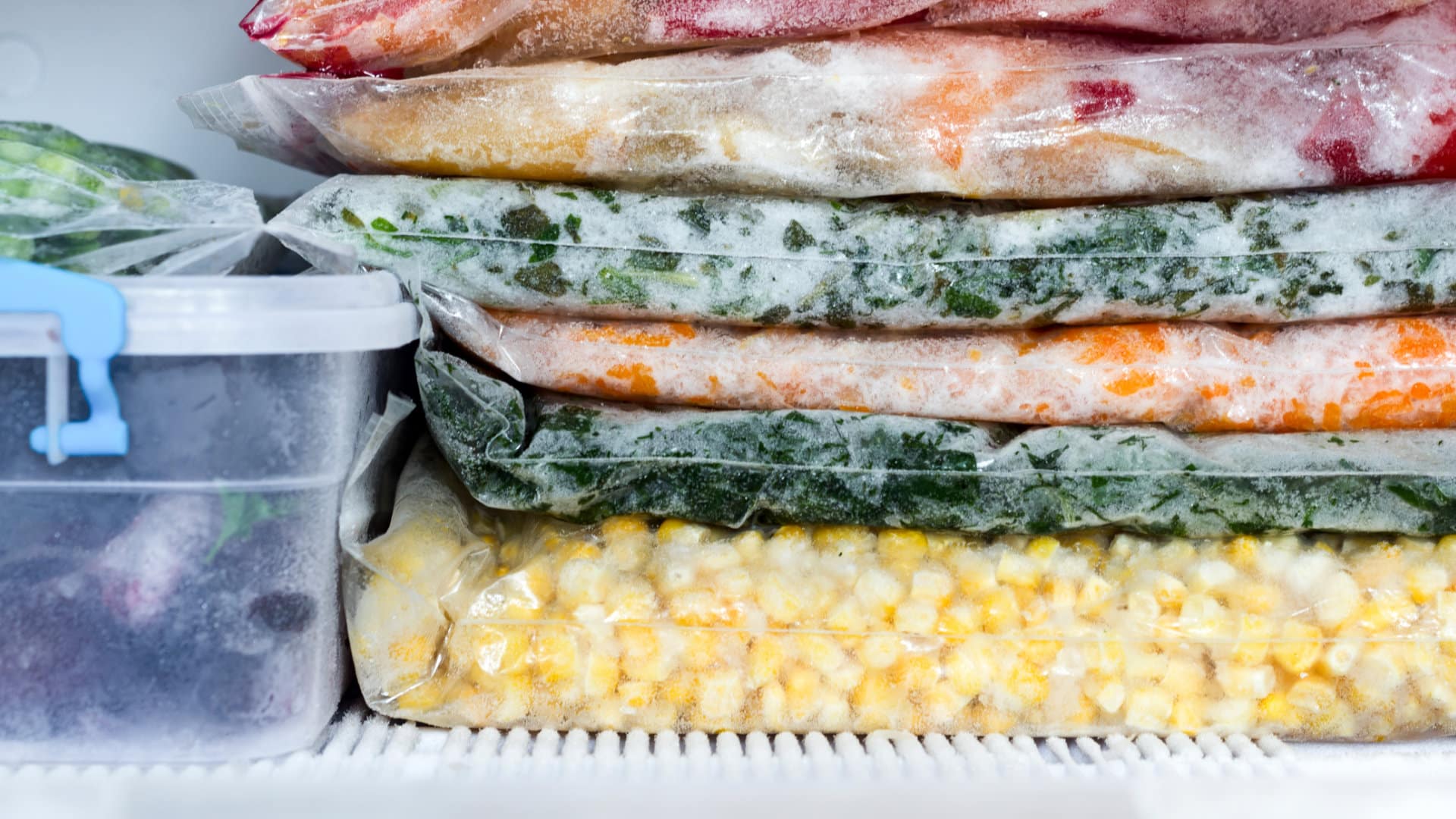
Freezer Working But Not Fridge? 5 Fixes

Speed Queen Washer Error Codes Explained
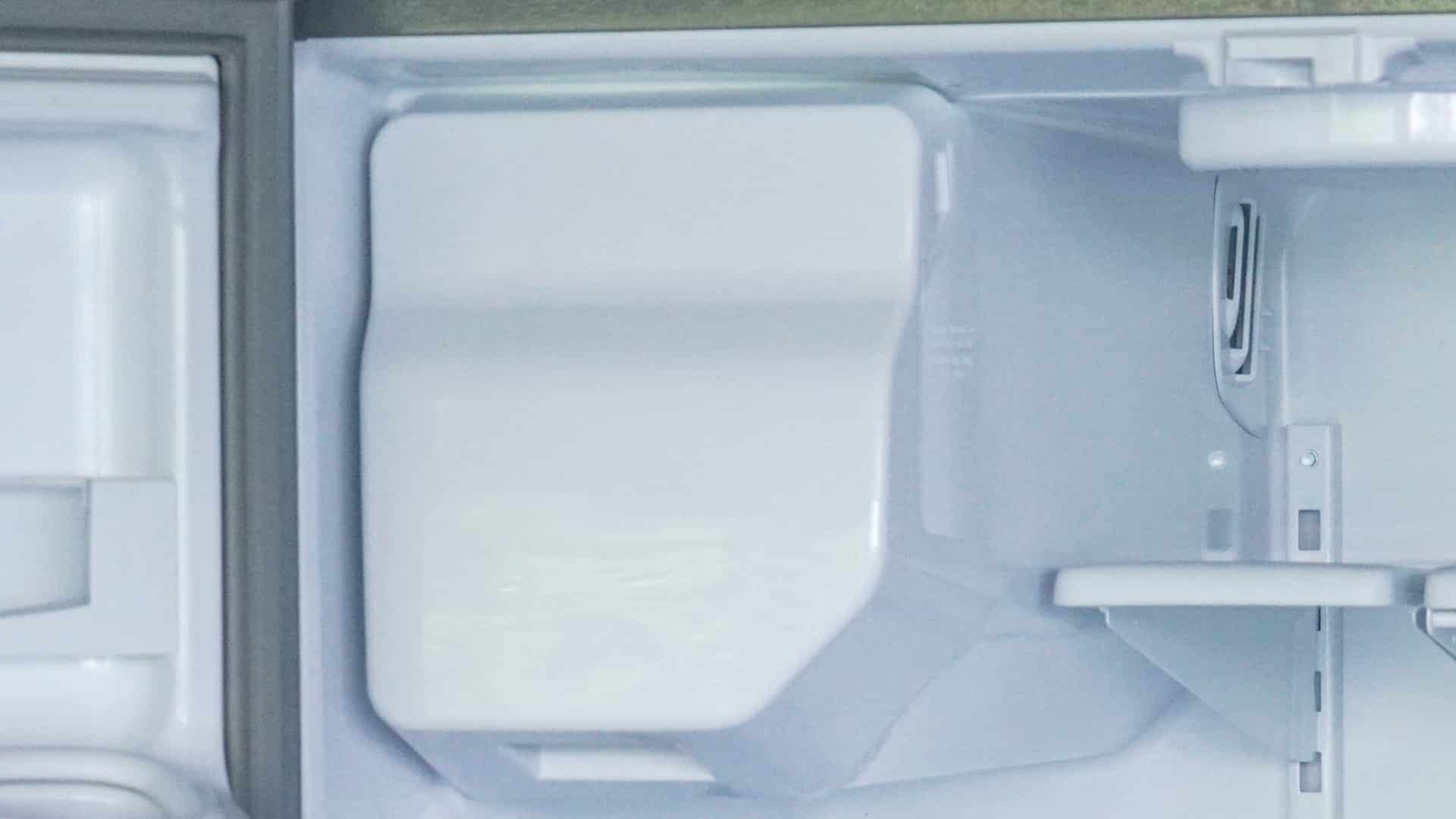
7 Reasons Why Your KitchenAid Ice Maker Isn’t Working

LG Oven F9 Error: Here’s How to Fix It
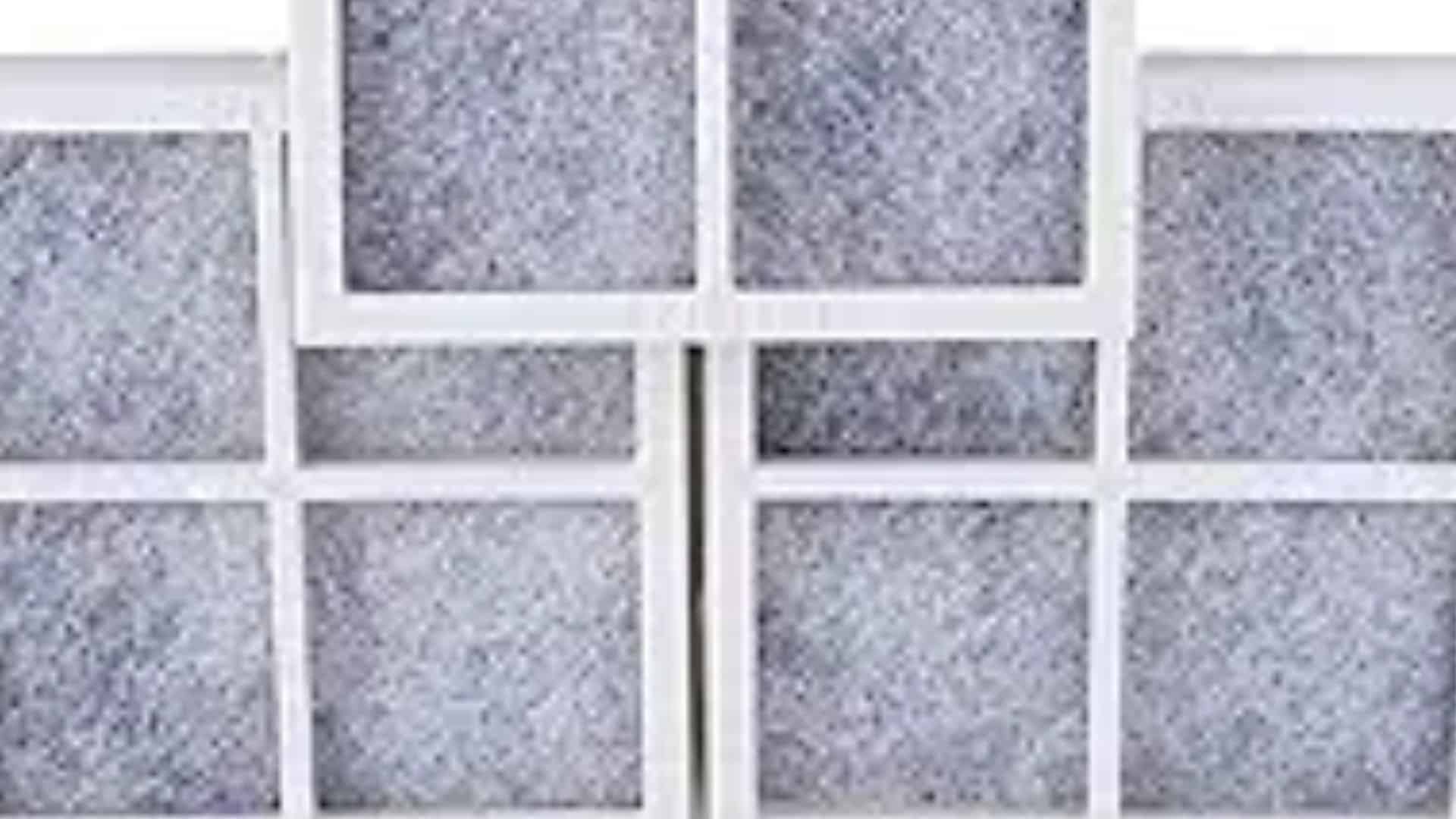
How to Replace an LG Refrigerator Air Filter
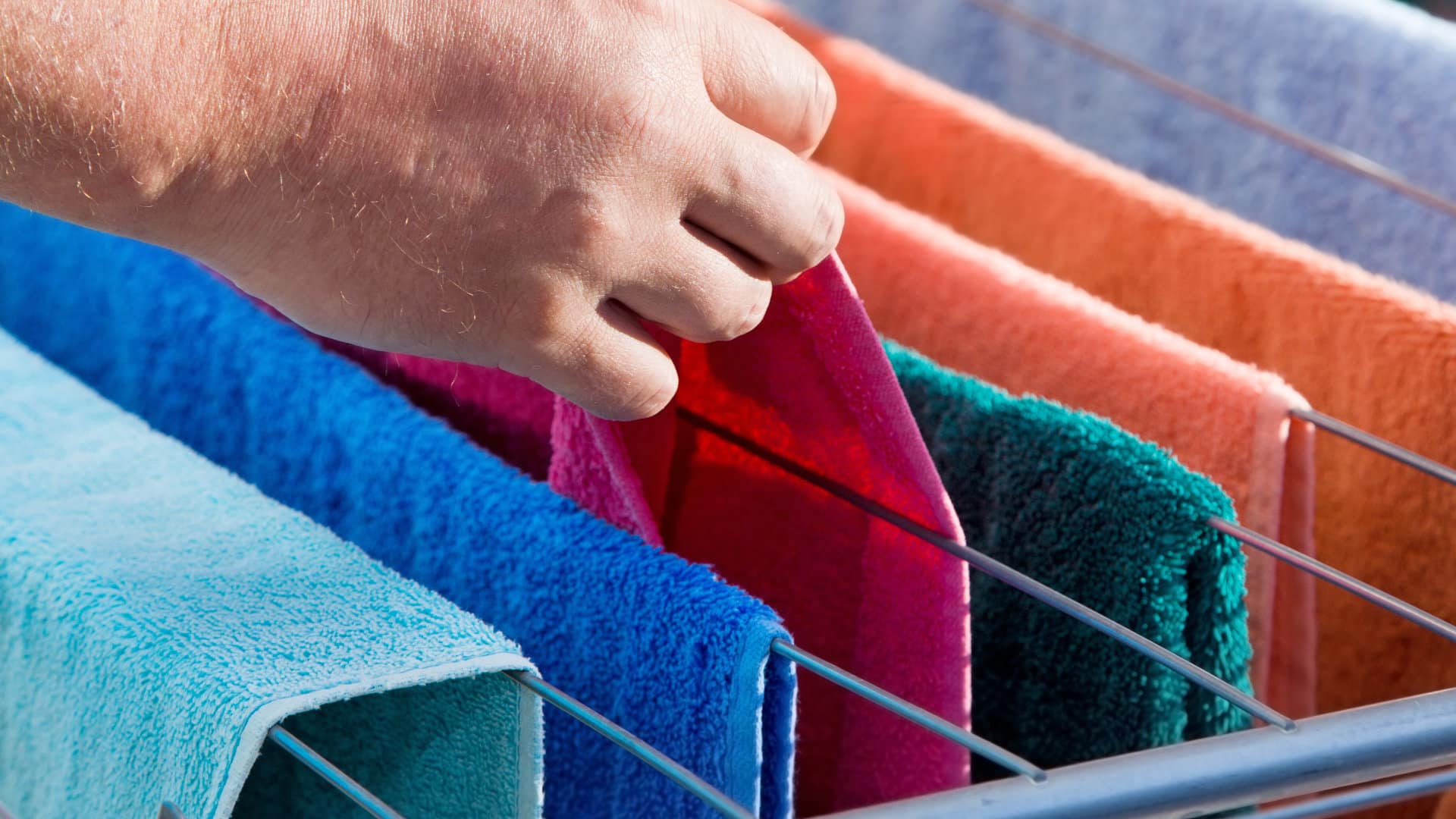
What Do Dryer Sheets Do?

How to Cook Corn on the Cob in the Microwave
